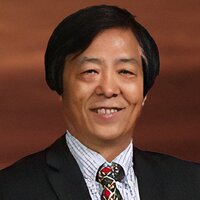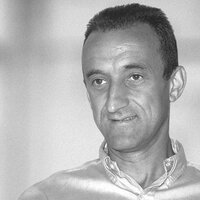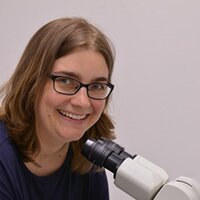Genotyping
Better DNA analysis begins with the best reagents
Enhance your productivity with reagents designed to maximize the power of your Biomark™ systems and reduce costs. Use SNP Type™ or your existing TaqMan assays with optimized reagents on all Standard BioTools™ platforms.

Methods
SNP Type Genotyping
SNP Type assays consist of unlabeled allele-specific primers and universal probes, making them an affordable alternative to probe-based genotyping assays. Lower price points make it possible to design and test for multiple markers and empirically choose the best. Select optimal assays designed for a variety of species using your supplied sequences. Optimized SNP Type preamplification protocols boost results from poor-quality, low-concentration or precious samples.
TaqMan Genotyping
TaqMan probe-based SNP genotyping relies on dual-labeled probes and PCR primers. Each assay shares a pair of primers flanking the SNP and two or more allele-specific cleavage probes. Proximity suppresses fluorescent signaling until the probe specifically binds to the target. During PCR nuclease activity degrades the probe, resulting in increased brightness. Our reagents support TaqMan assays run on Biomark, EP1™ and Juno™ platforms.
customer stories
Learn more about how our customers are leveraging Standard BioTools™ technology
Dr. Dexi Chen, PhD, MD

Achieving multi-omic insights with microfluidics and CyTOF technology
Dr. Luc Teyton, MD, PhD

How one lab explores the immune system one T cell at a time
Scott Magness, PhD

Investigating transcriptomic changes at the microscale level
Simone Mayer, PhD

Simone Mayer, PhD, explains how using multimodal analysis helped reveal new insights
Kelly Nudelman, PhD

Kelly Nudelman and Tae-Hwi Schwantes-An discuss sample identification
Jo Vandesompele, PhD

Jo Vandesompele at Ghent University discusses a deep dive into single-cell sequencing
Christophe Lancrin, PhD

Christophe Lancrin on revealing new transcription factors using C1 and Biomark
Ansuman Satpathy, MD, PhD

Stanford’s Ansu Satpathy designed single-cell T-ATAC-seq, now available at Script Hub
Shyam Prabhakar, PhD

Shyam Prabhakar explores signatures of patient survival and EMT in colorectal tumors
RELATED BLOG POSTS
-
To singleplex or multiplex? What’s the difference?
These two detection methods involve different assay design and setup, and each one has its own set of advantages and disadvantages.
For Research Use Only. Not for use in diagnostic procedures. Patent and License Information: www.standardbio.com/legal/notices. Trademarks: www.standardbio.com/legal/trademarks. Any other trademarks are the sole property of their respective owners. ©2025 Standard BioTools Inc. All rights reserved.
